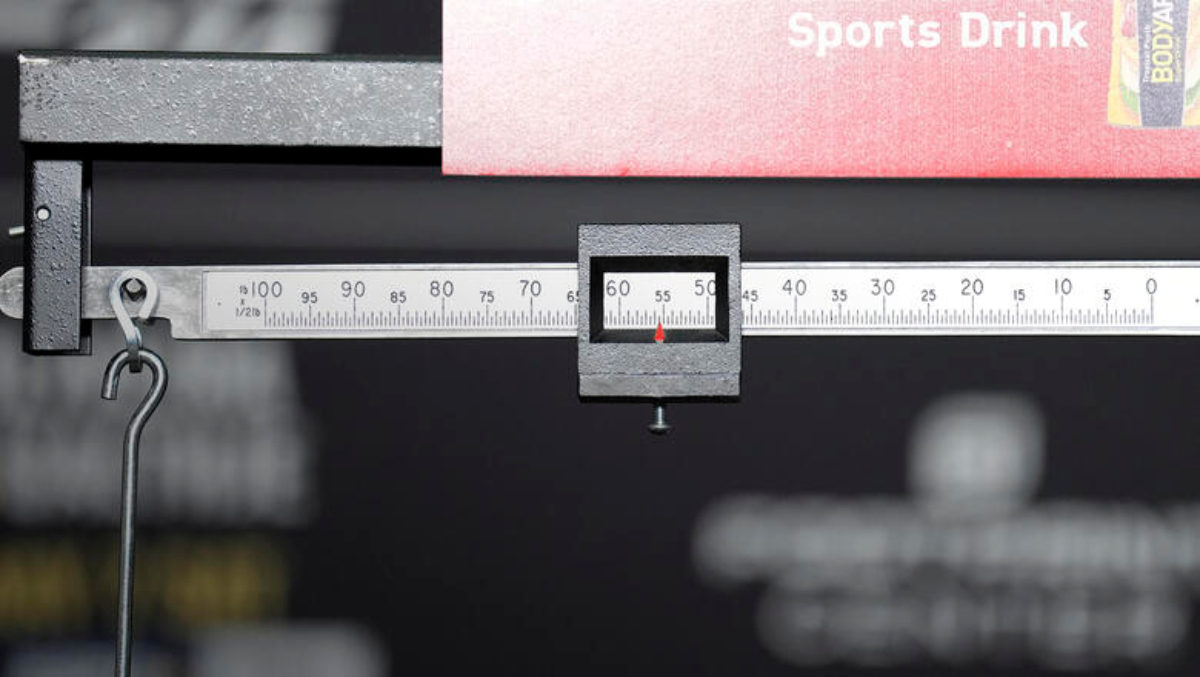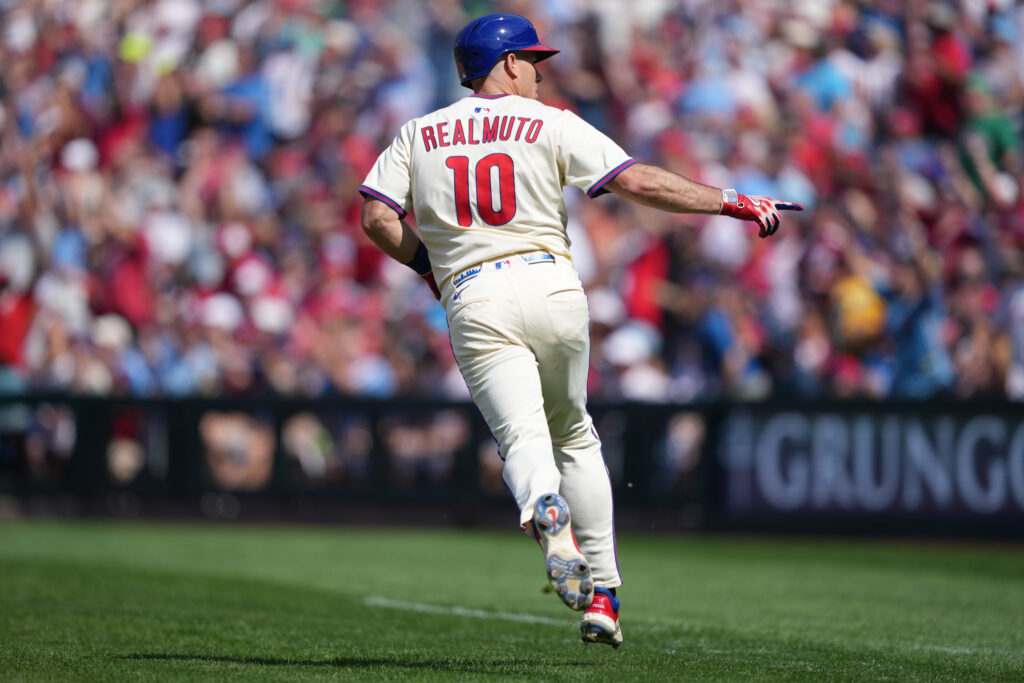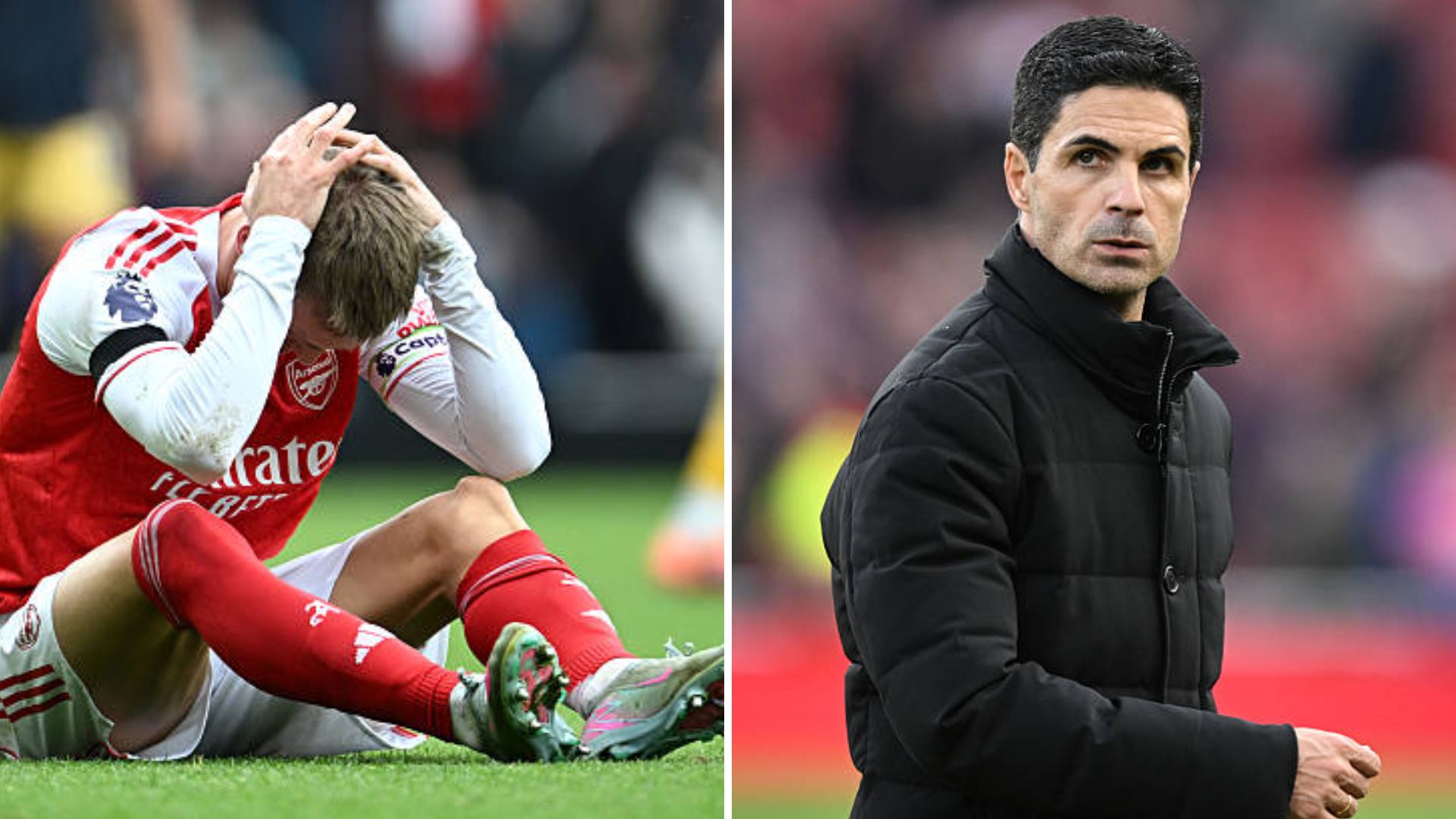PROTECT YOUR DNA WITH QUANTUM TECHNOLOGY
Orgo-Life the new way to the future Advertising by AdpathwayBy Mark Polishuk | November 1, 2025 at 2:57pm CDT
Giants chairman Greg Johnson discussed several topics in an interview with John Shea of the San Francisco Standard, including some talk about how the team plans to spend this winter. As usual with any upper-level executive, Johnson spoke in generalities about payroll rather than citing any specific figures, and downplayed the idea of any huge spending splashes. For instance, while Johnson cited “starting pitching help” as “probably No. 1 on the list” of offseason priorities, he said the Giants would “be very cautious about” signing a pitcher to a nine-figure contract.
As to whether or not the Giants would exceed the $244MM luxury tax limit or not, “it just depends on what’s out there. We may be over. We may be under,” Johnson said. “We’re going to look at each situation and make the decision and see how it fits into not only next year, but the longer-term plans.”
San Francisco has exceeded the Competitive Balance Tax line four times in their history. They paid the tax in each of the 2015-17 seasons, as a function of the rising costs associated with trying to keep their championship core from the early 10’s teams together. The club also narrowly exceeded the tax line in 2024, as a function of the Giants making a series of pricey acquisitions during the 2023-24 offseason.
In 2025, the Giants ducked back under the tax line, even after some more prominent moves — i.e. extending Matt Chapman, signing Willy Adames to a seven-year/$182MM free agent deal, and their June trade for Rafael Devers. Even with these salaries involved plus major commitments to Logan Webb, Jung Hoo Lee, and Robbie Ray, San Francisco’s books are relatively clean since almost all of the team’s money is tied into just these six players. Ray is also a free agent next winter, leaving more space open for longer-term commitments even though Johnson is wary of such contracts.
“We can go up [in spending], but I think the risk is having too many people on similar six-year-type deals that create less flexibility to the payroll,” Johnson said. “I think you can always do things on a shorter basis, but you’ve got to be careful about having too many of your players being late 30s at a high-payroll level. I think you have to balance that.”
San Francisco fans may not love hearing about ownership’s financial caution, yet pretty much any owner or front office executive would share Johnson’s concerns on overspending now on players who could soon be future albatrosses. This was, in fact, the very situation the Giants found themselves in during their previous taxpayor years, once some of the key players from their World Series teams started to decline.
There’s also the fact that the Giants are far enough under the $244MM tax line that there’s room for the team to spend rather substantially this winter while still remaining under the threshold. Cot’s Baseball Contracts estimates the Giants at roughly a $152.7MM payroll and a $182MM tax figure for 2026, while RosterResource’s estimates are a bit higher ($169.3MM payroll and a $192.4MM tax number).
Whichever estimate you prefer, Giants president of baseball operations Buster Posey figures to have financial flexibility in pursuing more big-ticket targets this winter. Upgrading the pitching staff (not to mention the team’s other needs) likely won’t come cheap, and with just one winning record in their last nine seasons, the Giants figure to again be very active in trying to get back into contention.



















 English (US) ·
English (US) ·  French (CA) ·
French (CA) ·